New foundation garden help - cornus alternifolia?
akahn
9 years ago
Related Stories
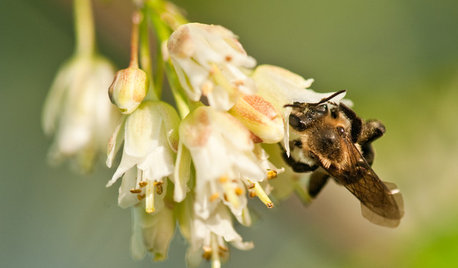
GARDENING GUIDESGreat Design Plant: Staphylea Trifolia Shines in the Shade
Plant American bladdernut for 3 seasons of interest: spring flowers and striped brown branches and bladder-like seedpods in fall and winter
Full Story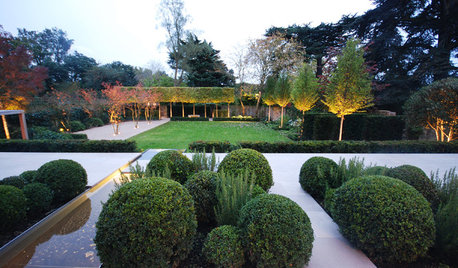
GARDENING GUIDES7 Ways to Rethink the Shrub
These versatile plants can do more than frame your home’s foundation or line an entry walk
Full Story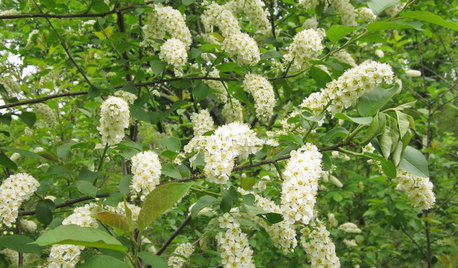
TREESNative Plant Alternatives to Invasive Common Buckthorn
Learn how to identify and control this aggressive plant, and what to grow in its place
Full Story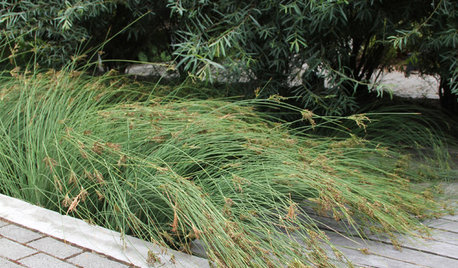
GARDENING GUIDESProtect a Precious Resource With a Rain Garden
Promote pure water and a beautiful landscape with a garden design that makes the most of the rain
Full Story
GARDENING FOR BIRDSFeed the Birds: 6 Plants for Abundant Winter Berries
Be kind to your fair feathered friends during lean food times by planting a shrub or tree loaded with nutritious snacks
Full Story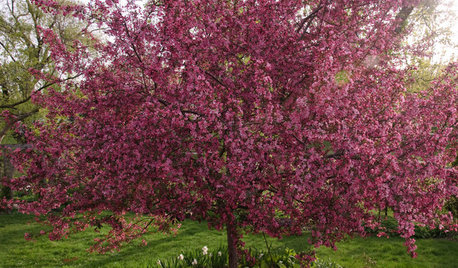
GARDENING GUIDESGreat Lakes Gardener's May Checklist
Let's talk about brilliant flowering trees. About blooms to light up a shade garden. And, of course, about everyday garden tasks
Full Story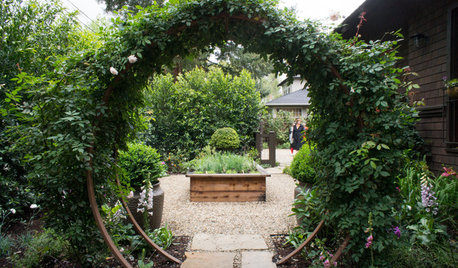
INSPIRING GARDENS5 Gardens to Inspire Your Outdoor Rooms
Get a peek at some exceptional Silicon Valley gardens and borrow ideas for your own landscape
Full Story
FALL GARDENING6 Trees You'll Fall For
Don’t put down that spade! Autumn is the perfect time for planting these trees
Full Story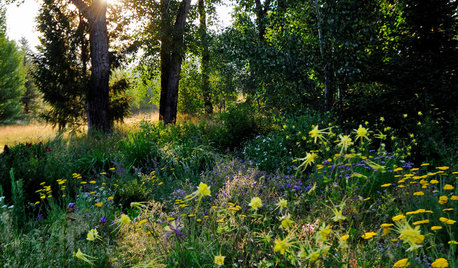
NATIVE PLANTSWhy Aggressive Plants Might Actually Be Your Friends
Sometimes a garden thug is exactly what’s called for
Full StoryMore Discussions







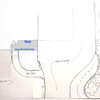


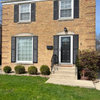
Yardvaark
akahnOriginal Author
Related Professionals
Leawood Landscape Architects & Landscape Designers · Brandon Landscape Contractors · Brunswick Landscape Contractors · Cary Landscape Contractors · New Braunfels Landscape Contractors · Paterson Landscape Contractors · Wanaque Landscape Contractors · Winchester Landscape Contractors · Bellingham Decks, Patios & Outdoor Enclosures · Crystal Lake Decks, Patios & Outdoor Enclosures · Kearns Decks, Patios & Outdoor Enclosures · Marlboro Decks, Patios & Outdoor Enclosures · Somerville Decks, Patios & Outdoor Enclosures · West Bloomfield Township Decks, Patios & Outdoor Enclosures · Willoughby Swimming Pool BuildersYardvaark
akahnOriginal Author
Yardvaark
Yardvaark
catkim
Yardvaark
emmarene9
Embothrium
akahnOriginal Author